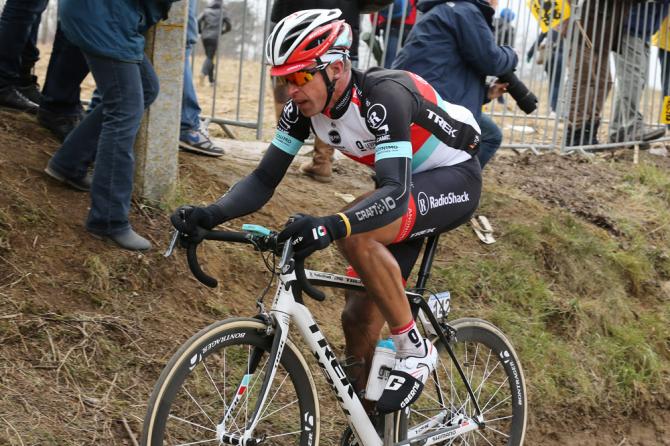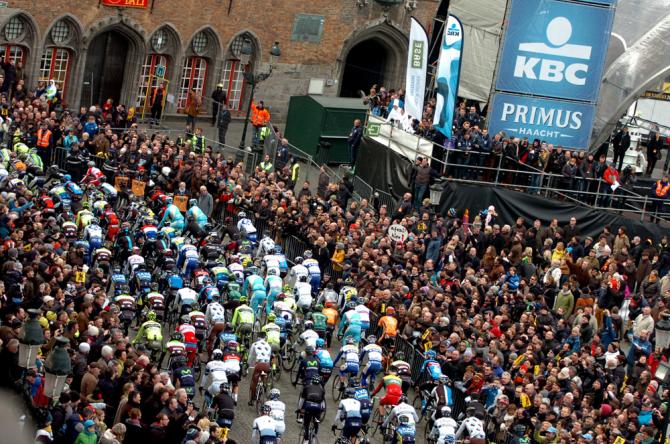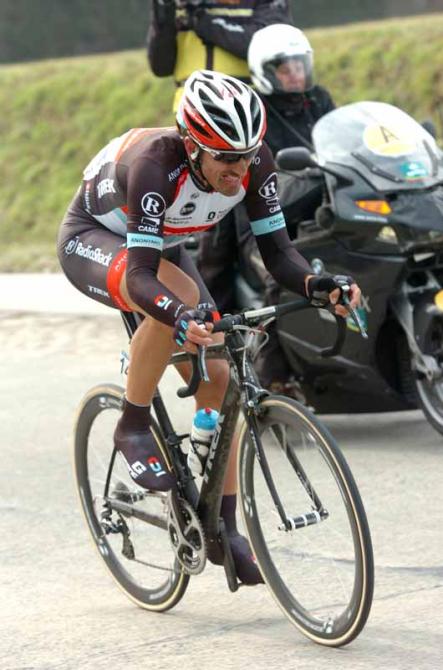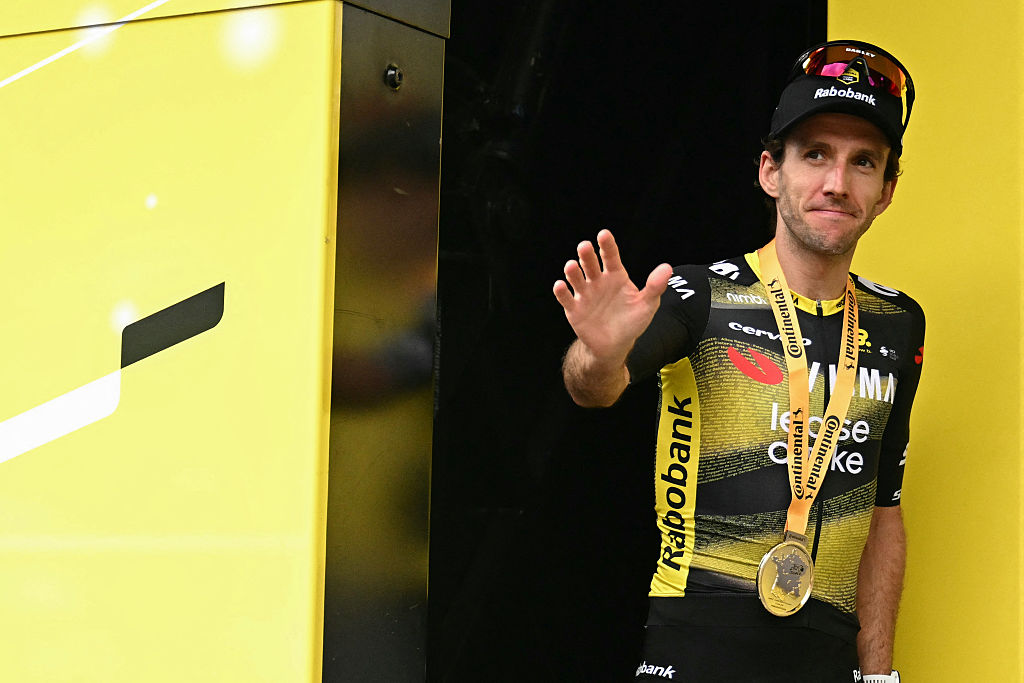The forgotten founder of the Tour of Flanders
Karel Van Wijnendaele is hailed as race’s founding father, but his partner’s role was just as critical



As with many of the other great events on the cycling calendar, the Tour of Flanders emerged from a desire to promote a newspaper, in this case Sportwereld. The race’s official history describes how the key moment in the race’s foundation came in the summer of 1912, just a few days after Odile Defraye had become the first Belgian rider to win the Tour de France. In early August, print company owner August de Maeght met with young sports journalist Karel Van Wijnendaele, then working for a publication called Sportvriend, to gauge his interest in working for Sportwereld, which was about to be launched.
Van Wijnendaele, a passionate cycling fan who had started off as a racer but turned to writing when he realised he didn’t have the talent to amount to anything in the saddle, hesitated initially, but soon signed up and enlisted several of his colleagues to work on the new title. Perhaps not auspiciously, Sportwereld’s yellow-papered first edition appeared on Friday, 13 September, 1912, the day before the Championship of Flanders race.
As well as the race’s official history, every reputed history account of the Ronde’s early years relates the story of this meeting and, subsequently, goes on to outline the predominant role Van Wijnendaele played in establishing and widening the appeal of the race. However, in May 2013, little more than a month after the Ronde’s centenary edition, historian Stijn Knuts and Pascal Deleye, a professor of sports history at the University of Leuven, revealed that there was a third man at that meeting in August 1912, and he played a much more fundamental role in establishing the race.
Leon – or, according to his birth certificate, Leo – Van den Haute was the son of a notary born in Hemiksem, just south of Antwerp in October 1887. Sent to a Jesuit college in Etterbeek for the best French education, he became friends with Marcel Dupuis and Paul Beving. All three would end up writing about cycling on Sportwereld. Van den Haute’s first job was as a wax and varnish salesman, but he also began to contribute to cycling magazines. In 1909, he became the Brussels correspondent of weekly magazine Sportvriend, where he came into contact with Van Wijnendaele.
When he was considering investing in a new sports’ title, August De Maeght’s first approach was to Van den Haute, who would provide it with business and financial acumen, as well as a huge amount of passion. Both men then went to Van Wijnendaele with the aim of persuading him to oversee Sportwereld’s editorial output. Once they had lured him on board, Van Wijnendaele was soon appointed editor of the fledgling title, taking up that role on 1 January 1913.
By that point, Van den Haute was already considering establishing a Tour of Flanders, with Paris-Roubaix as his inspiration. It is likely that he also had some experience of working on the Circuit of Flanders, which was organised by the Cyclists’ Association of East Flanders between 1908 and 1910. In the latter two years, the race was backed by Sportvriend. According to the article written by Knuts and Deleye in cycling history magazine Etappe in May 2013, “As a director with experience of organising competitions and having a nose for business, Van den Haute also realised that a Flemish sports newspaper and a Tour of Flanders could promote each other.”
On 17 February 1913, Sportwereld unveiled the Tour of Flanders, announcing the race would take place on 25 May 1913. Van den Haute’s commitment to the project in the three months between the announcement and race day was total. As well as organising the finances, he sorted out the route, a task that was not without complications as the towns of Lokeren and Ouderaarde refused the race passage, or at least demanded the race was neutralised when it passed through. Oudenaarde’s reluctance to welcome the Ronde is particularly noteworthy as it is now the proud home of the event’s finish and of the Tour of Flanders museum.
The latest race content, interviews, features, reviews and expert buying guides, direct to your inbox!
In the days immediately before the race, Van den Haute put out the signs marking the route, decided on the position of control points and checked the condition of the roads, all of which makes it harder to understand why someone with such a fundamental role has been all but erased from the Ronde’s history. Knuts and Deleye proposed two theories. “One hypothesis is that an error in the first biography of Van Wijnendaele was invariably taken up by other media. A second hypothesis is that Van Wijnendaele did not want his own glory taken away,” they suggest. Yet, they went on to point out that Van Wijnendaele did give full credit to Van den Haute in the pages of Sportwereld for the essential role he had played.
In 1921, shortly before the fifth edition of the Ronde, Van Wijnendaele wrote: “Leon Van den Haute, you have every right to be proud of your work as organiser and leader of the Tour of Flanders!” In 1932, the year after Van den Haute’s death, Van Wijnendaele penned a tribute to his “best of best friends… the never forgotten creator of the Tour of Flanders: Leon van den Haute”. Ultimately, Knuts and Deleye came to the conclusion that, “Leon Van den Haute was the man behind the scenes. Karel Van Wijnendaele was the marketing man.”
This is an extract from The Monuments: The Grit and Glory of Cycling’s Greatest One-Day Races by Peter Cossins, published by Bloomsbury (March 2014)
Peter Cossins has written about professional cycling since 1993 and is a contributing editor to Procycling. He is the author of The Monuments: The Grit and the Glory of Cycling's Greatest One-Day Races (Bloomsbury, March 2014) and has translated Christophe Bassons' autobiography, A Clean Break (Bloomsbury, July 2014).
